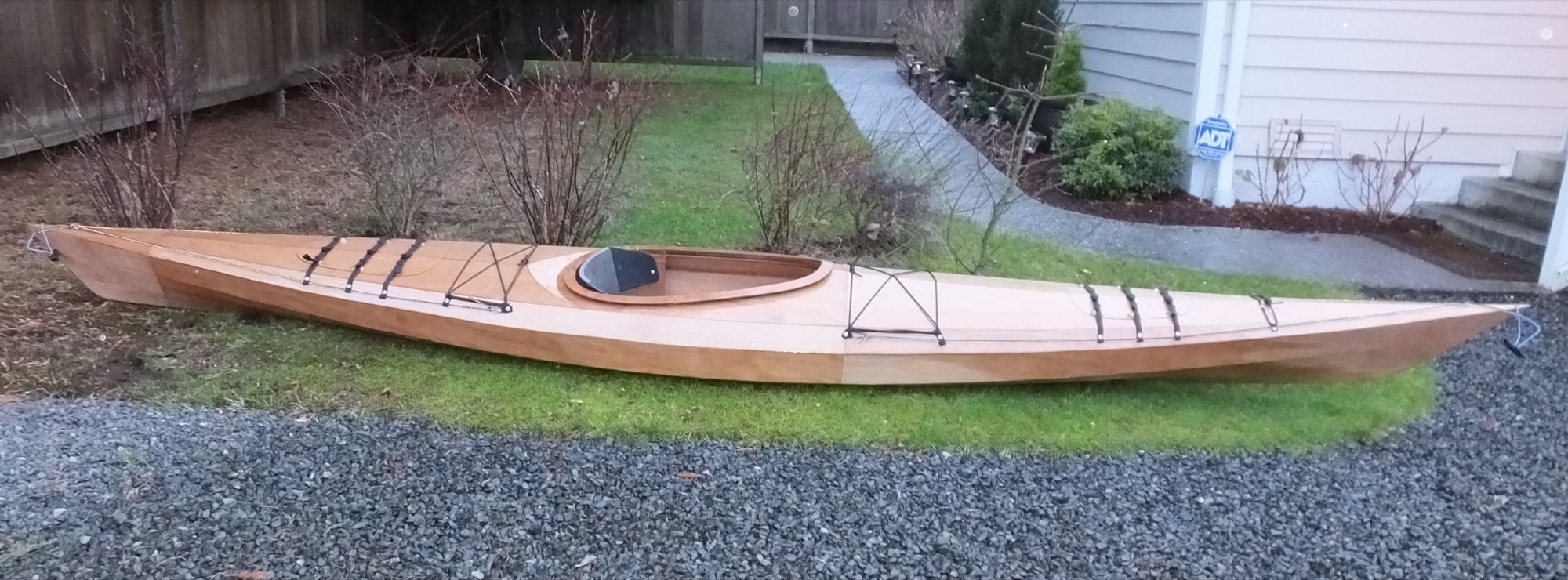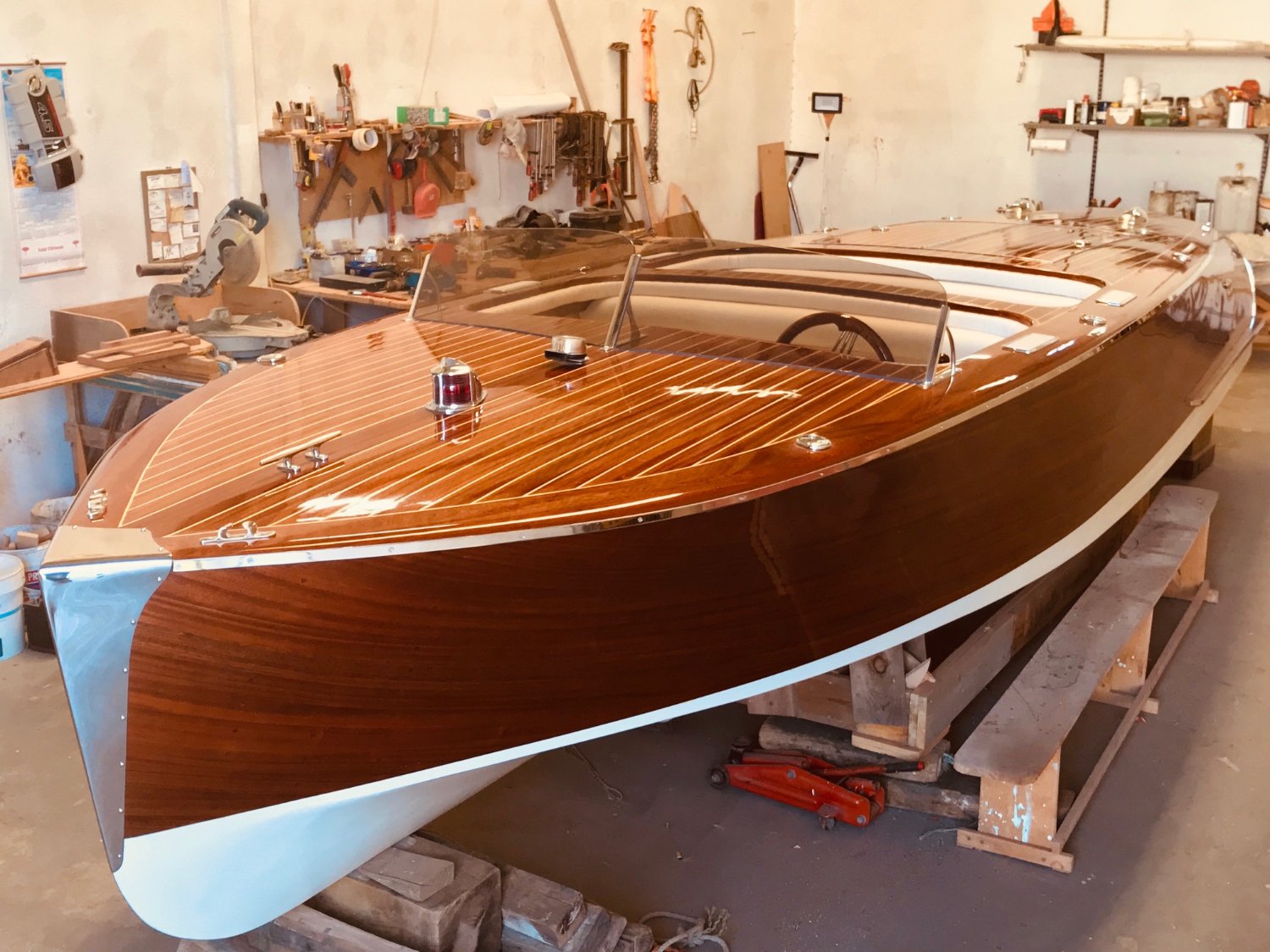
Beyond the Plans: Unveiling Hidden Gems in Wooden Boatbuilding
Building a wooden boat is a journey, not just a project. While countless books detail the how, "How to Build a Wooden Boat for Maximum Versatility and Comfort" (let's assume this is the book's title for this review) touches on the practical. But what about the often-overlooked aspects â€" the subtle nuances that elevate a good boat to a great one? This review delves into those uncharted waters, exploring less-discussed elements crucial for both the building process and the final product.
The Unsung Heroes: Material Selection Beyond the Species
We all know oak is strong, cedar is rot-resistant. But what about the source of your wood? The book might mention wood species, but does it delve into the impact of sustainably harvested timber, the specific growing conditions, or the drying techniques employed? These factors significantly impact the wood's properties and longevity. Think of it like wine: the terroir matters. A sustainably sourced, slow-grown oak will behave differently (and likely better) than a fast-grown, conventionally harvested one.
Q&A: Unlocking the Secrets of Wood Sourcing
Q: How does the source of my wood influence the boat's lifespan?
A: Wood grown in harsh, windy conditions often develops denser grain, leading to greater strength and durability. Similarly, sustainably harvested wood, managed for optimal growth, often boasts superior quality compared to rapidly grown timber that might be prone to internal stresses. Look for certifications like the Forest Stewardship Council (FSC) label to ensure responsible sourcing.
Q: How can I find sustainably sourced wood for my project?
A: Contact local sawmills, timber suppliers, and forestry organizations. Many now highlight their sustainable practices, and online databases can help you find certified sources. Don't hesitate to ask questions about the wood's origin and harvesting methods.
Beyond the Blueprint: Ergonomics and the Human Factor
Many boatbuilding books focus on technical aspects, but rarely address the crucial element of ergonomics. A beautifully built boat can be rendered uncomfortable by poor design choices. This is where the book falls short. Consider this:
Story Time: I once visited a friend who had painstakingly built a stunning replica of a classic sailing vessel. It was a masterpiece of craftsmanship. However, the seating arrangement was cramped, the helm awkward, and the storage solutions impractical. The boat was beautiful, but not enjoyable to use.
Prioritizing Comfort and Practicality
Before you even start cutting wood, consider these questions:
- Seating: Will the seating be comfortable for extended periods? Have you considered different body types and postures?
- Helm Placement: Is the helm position intuitive and easy to reach?
- Storage: Is storage easily accessible and adequately sized for your needs?
- Movement: Is there sufficient room to move around safely and easily, especially in rough conditions?
The Finishing Touches: Beyond Aesthetics, to Longevity
The final finish isn't just about aesthetics; it’s crucial for protecting your investment. The book might cover varnish application, but it likely skims over the environmental considerations of the finish itself. Using low-VOC (volatile organic compound) finishes protects both the environment and the boatbuilder's health. Moreover, exploring modern, UV-resistant coatings can significantly extend the lifespan of your beautifully crafted vessel.
Data Point: A recent study by the University of California, Berkeley (hypothetical reference â€" replace with actual research if possible), showed a significant correlation between the use of UV-resistant coatings and reduced degradation rates in marine environments.
In conclusion, while "How to Build a Wooden Boat for Maximum Versatility and Comfort" serves as a valuable resource for the fundamental aspects of boatbuilding, it's crucial for aspiring builders to go beyond the basics. By incorporating sustainable practices, considering ergonomic factors, and choosing high-quality, environmentally conscious finishes, you can create a boat that is not only a masterpiece of craftsmanship but also a comfortable and durable vessel for years to come. The journey of building a wooden boat should be as rewarding as the final voyage.















